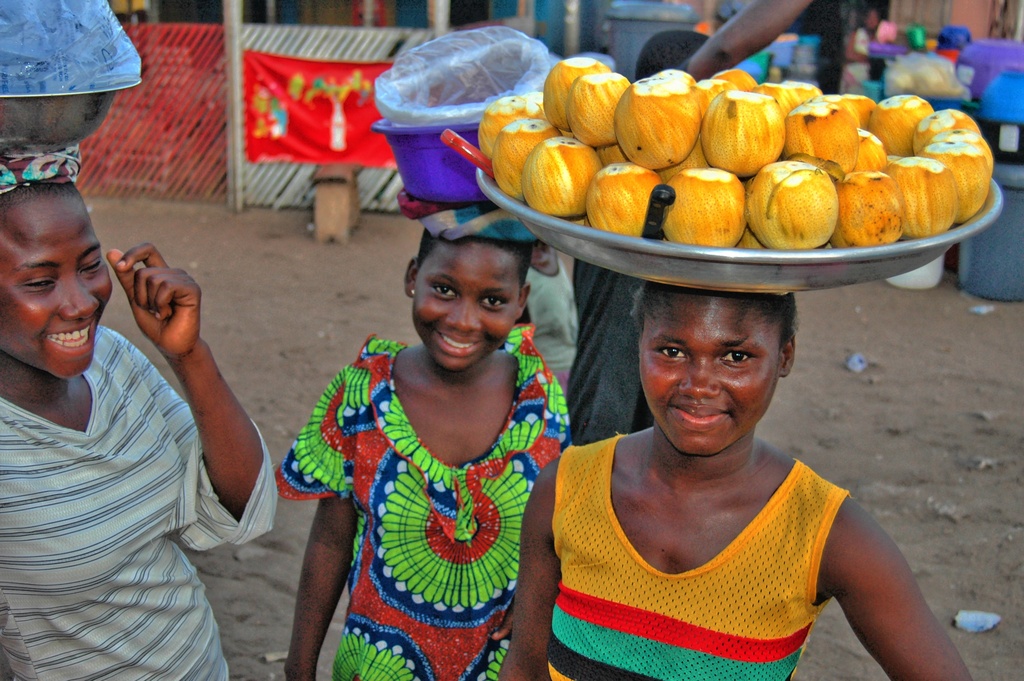Kobine: The Dance of Gratitude
and Identity Among the People of Lawra
In the far northwest corner of Ghana, where the rains retreat and the fields begin to rest, a sound rises from the earth — the pounding of drums, the stamping of feet, the songs of a people in harmony with their land and each other. It is not just a celebration of crops — but of community, culture, and continuity.
This is Kobine — the festival of thanksgiving, dance, and identity, celebrated by the people of Lawra in the Upper West Region. Held each September, as the harvest season winds down, Kobine is both a tribute to hard work and a jubilant expression of unity.
More Than a Festival — A Song of Gratitude
Kobine is rooted in appreciation. After months of toil under the sun and sky, the people gather to say “thank you” — to the ancestors, the gods, the land, and to one another.
“We have planted. We have reaped.
Now, we give thanks.”
Kobine is not merely about feasting — it is a spiritual and cultural homecoming. It marks the end of agricultural labor and the beginning of reflection, celebration, and rest. It is a time when family returns, friendships are renewed, and stories are passed on like heirlooms.
🥁 Sacred Rites and Spirited Movements
Kobine’s strength lies in its rhythm — a rhythm that begins with solemnity and ends in jubilant dance:
Libation and Ancestral Honoring
The festival begins with prayers and libations poured to honor the ancestors and the gods. Without their blessings, no harvest would have been possible. This opening moment grounds the entire celebration in spiritual respect.
Processions and Royal Durbar
Chiefs, elders, and community leaders gather in their regalia to receive homage. The durbar grounds become a stage where the Lawra Traditional Area showcases not just its leadership — but its unity. Speeches are made, customs reaffirmed, and the community’s voice rises as one.
Kobine Dance — The Heartbeat of the Festival
At the center of Kobine is the unique Kobine dance — a high-energy, chest-forward, foot-stamping performance that is both athletic and symbolic. Dancers wear short decorated skirts and sometimes traditional masks, while the drummers set a fast, irresistible pace.
The dance is more than entertainment. It represents:
The strength and rhythm of agricultural labor
The resilience of the people
The heartbeat of the Lawra identity
Youth, Elders, and Cultural Exchange
All generations participate — from elders sharing oral history, to youth learning the Kobine dance for the first time. There are competitions, exchanges of gifts, storytelling sessions, and communal meals that weave every generation into the same cultural fabric.
Kobine and the Celebration of Hard-Won Joy
Kobine teaches that celebration must follow dedication. It affirms:
That gratitude strengthens community
That identity is kept alive through shared performance
That joy is deepest when it is earned together
In Kobine, joy is not taken for granted — it is honored.
A Living Festival That Dances With Time
Though rooted in tradition, Kobine continues to evolve. Today, it includes cultural exhibitions, educational forums, and local development initiatives. It provides a platform for showcasing Lawra’s talent, craftsmanship, and values to the rest of Ghana — and the world.
Yet even with modern elements, the essence of Kobine endures: a harvest of joy, a rhythm of gratitude, a dance of identity.
A Northern Festival With a Universal Pulse
For the people of Lawra — both at home and abroad — Kobine is a call back to roots. It reminds them of where they come from, who they belong to, and what they carry forward.
It is a moment when culture is not just remembered, but embodied — in motion, in music, in meaning.
Come Witness a Festival That Moves Both Body and Spirit
To witness Kobine is to see joy made physical. You will feel the energy of the drums, the pride of the dancers, and the deep current of connection between land, labor, and legacy.
Kobine is not just a festival.
It is a thanksgiving.
A celebration of identity in motion.
A dance of heritage, born of hard work and shared spirit.
Kobine and the Power of Culture
Kobine shows us that tradition doesn’t stand still — it dances. It reminds us:
That identity must be celebrated to survive
That gratitude is not weakness, but strength
That culture, when lived together, becomes a living rhythm
In every beat of the drum and every step of the dance, Kobine tells a story — not just of the harvest, but of the people who made it possible.
Ready to experience it for yourself?
Start planning your cultural journey into the soul of Ghana.
Other websites - Not shown within our main site-map:
- Fort Teshie (Fort Augustaborg) - Teshie, Accra)
- Fort Komenda - 2 Forts at Komenda (Central Region, near Elmina and Cape Coast, Central Region)
- Forth Conraadsborg (Elmina, Central Region)
- Fort Ussher (Accra, Ussher Town)
- Fort Wiliam (Cape Coast, Central Region)
- Fort Victoria (Cape Coast, Central Region)
- Fort Batenstein (Butree, Western Region)
- Fort Patience (Central Region)
- Kwame Nkrumah Memorial Park and Museum (Accra)
- Yaa Asantewaah Museum (Ashanti Region)
- The W .E. B. Du Bois Centre for Pan African Culture (Accra)
- Volta Regional Museum, Ho (Volta Region)
- Kakum National Park (Central Region, near Cape Coast)
- Aburi & Aburi Botanical Gardens (Aburi, Eastern region)
- Kwame Nkrumah Mausoleum Nkroful (Western Region, Nkroful)
- Official website of Tetthe Quarshie Art market (Accra)
Search Ghana Flights Info

3 girls selling fruits and food at the road side. (c) Strictly by Remo Kurka (photography)